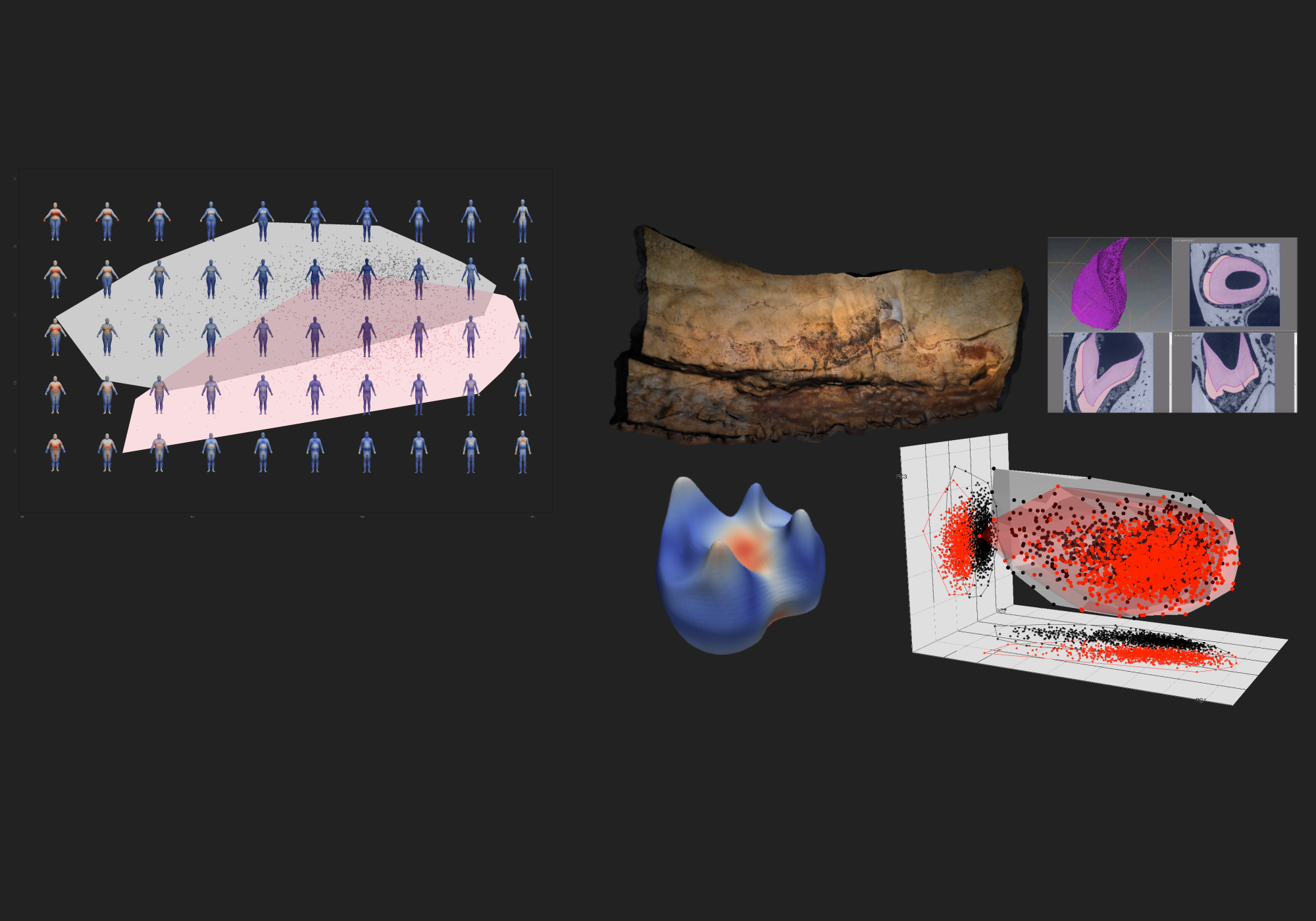The School of Athens (Italian: Scuola di Atene) is a fresco by the Italian Renaissance artist Raphael. It was painted between 1509 and 1511 as a part of Raphael’s commission to decorate the rooms now known as the Stanze di Raffaello, in the Apostolic Palace in the Vatican. Dimensions : 500 cm × 770 cm. Les couleurs dominantes sont l’ocre, le beige et le pastel. L’orange et le bleu sont complémentaires dans cette peinture. L’utilisation de la lumière et de l’ombre est, à l’époque, une particularité.
The School of Athens is one of a group of four main frescoes on the walls of the Stanza (those on either side centrally interrupted by windows) that depict distinct branches of knowledge. Each theme is identified above by a separate tondo containing a majestic female figure seated in the clouds, with putti bearing the phrases: “Seek Knowledge of Causes,” “Divine Inspiration,” “Knowledge of Things Divine” (Disputa), “To Each What Is Due.” Accordingly, the figures on the walls below exemplify Philosophy, Poetry (including Music), Theology, and Law.[3] The traditional title is not Raphael’s. The subject of the “School” is actually “Philosophy,” or at least ancient Greek philosophy, and its overhead tondo-label, “Causarum Cognitio”, tells us what kind, as it appears to echo Aristotle’s emphasis on wisdom as knowing why, hence knowing the causes, in Metaphysics Book I and Physics Book II. Indeed, Plato and Aristotle appear to be the central figures in the scene. However, all the philosophers depicted sought knowledge of first causes. Many lived before Plato and Aristotle, and hardly a third were Athenians. The architecture contains Roman elements, but the general semi-circular setting having Plato and Aristotle at its centre might be alluding to Pythagoras’ circumpunct.
La peinture compte cinquante-huit personnages qui se regroupent aux premier et deuxième plans. On peut diviser cette fresque en cinq grandes parties : trois niveaux horizontaux et deux verticaux.
Characters : 1: Zeno of Citium[15] 2: Epicurus[15] 3: unknown[16] 4: Boethius[15] or Anaximander[15] 5: Averroes[15] 6: Pythagoras[15][11] 7: Alcibiades[15] or Alexander the Great[15] or Pericles[17] 8: Antisthenes[15] or Xenophon[15] 9: unknown[16][18] or Fornarina as a personification of Love[19] (Francesco Maria della Rovere?)[14] 10: Aeschines[15] 11: Parmenides[14] or Nicomachus[14] 12: Socrates[15] or Anaxagoras[17] 13: Heraclitus[14] (Michelangelo?)[14] 14: Plato[14] (Leonardo da Vinci?)[14] 15: Aristotle[14] (Giuliano da Sangallo?)[20] 16: Diogenes of Sinope[14] or Socrates[17] 17: Plotinus?[14] 18: Euclid[14] or Archimedes[14] (Bramante?)[14] 19: Strabo[14] or Zoroaster?[14] (Baldassare Castiglione?)[14] 20: Ptolemy[14] R: Apelles[14] (Raphael)[14] 21: Protogenes[14] (Il Sodoma[14] or Timoteo Viti[21])
Source
